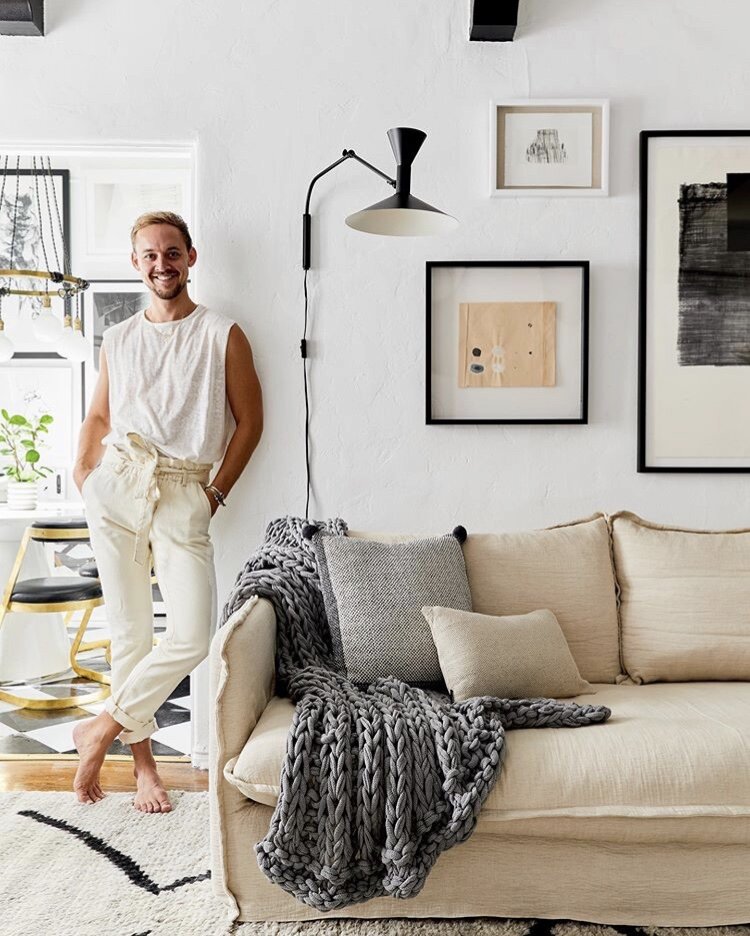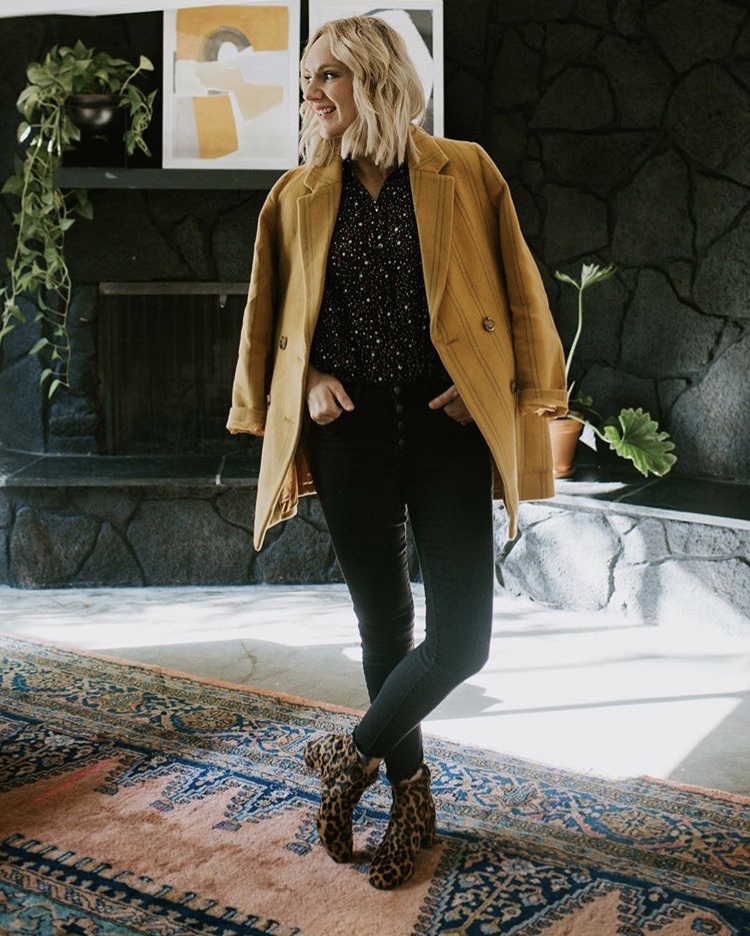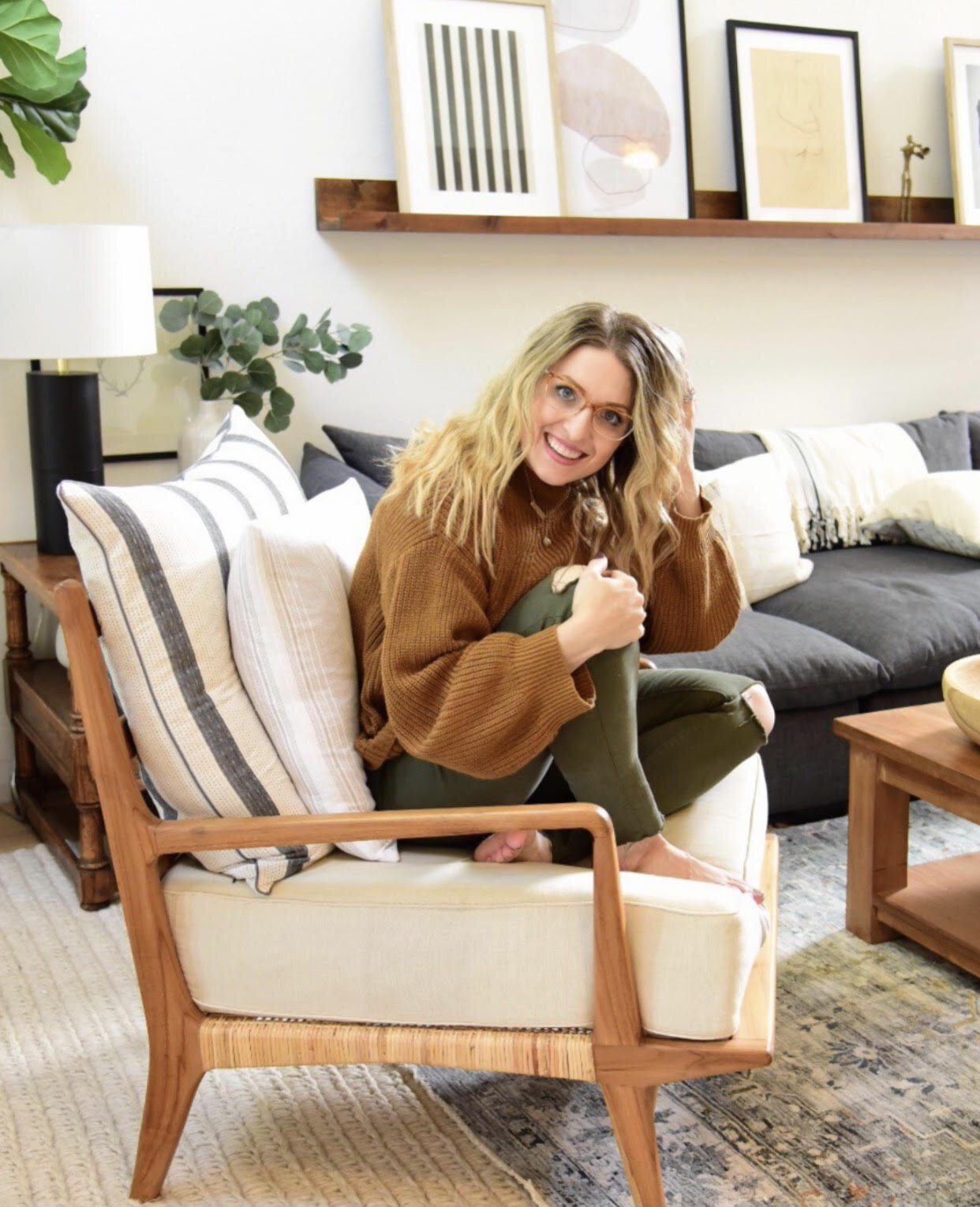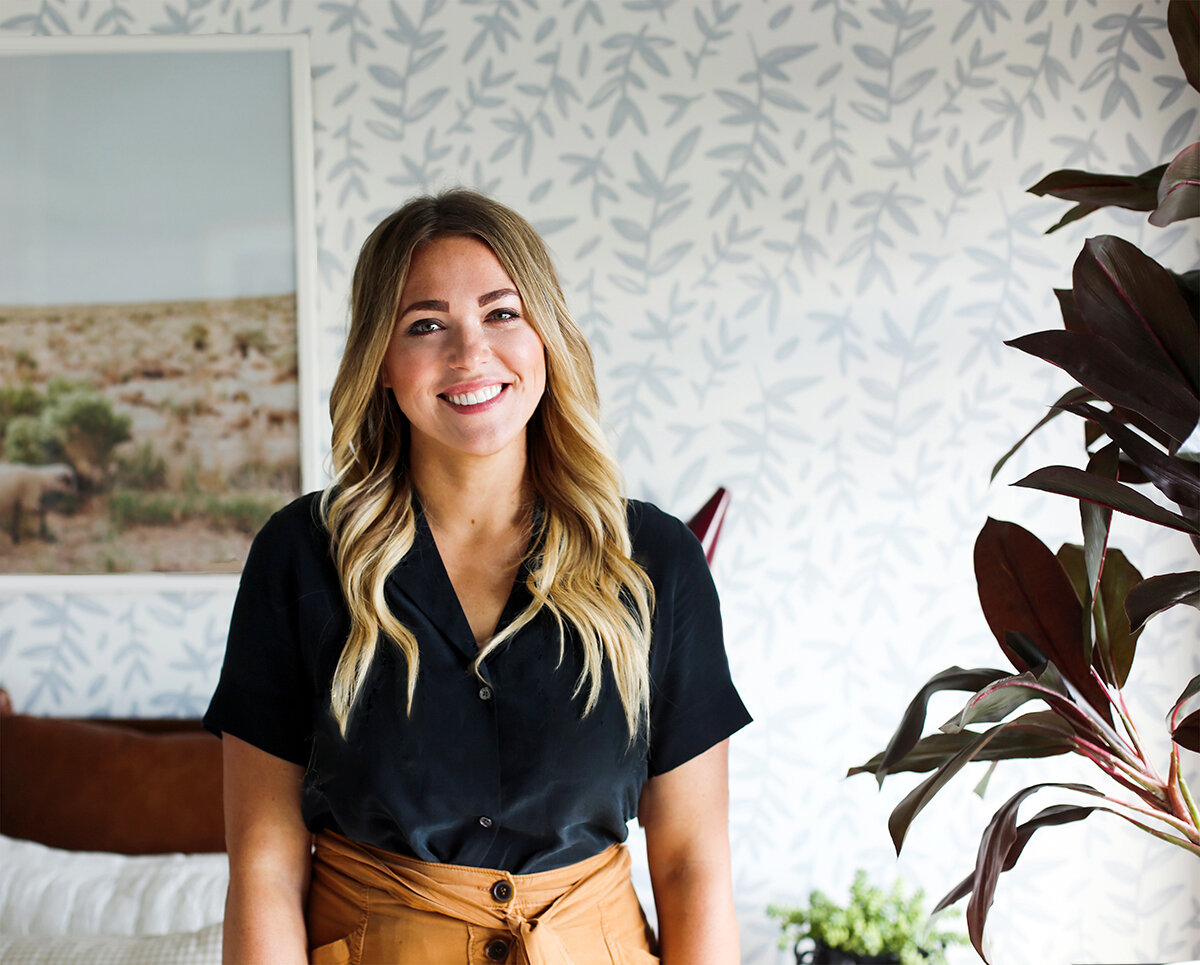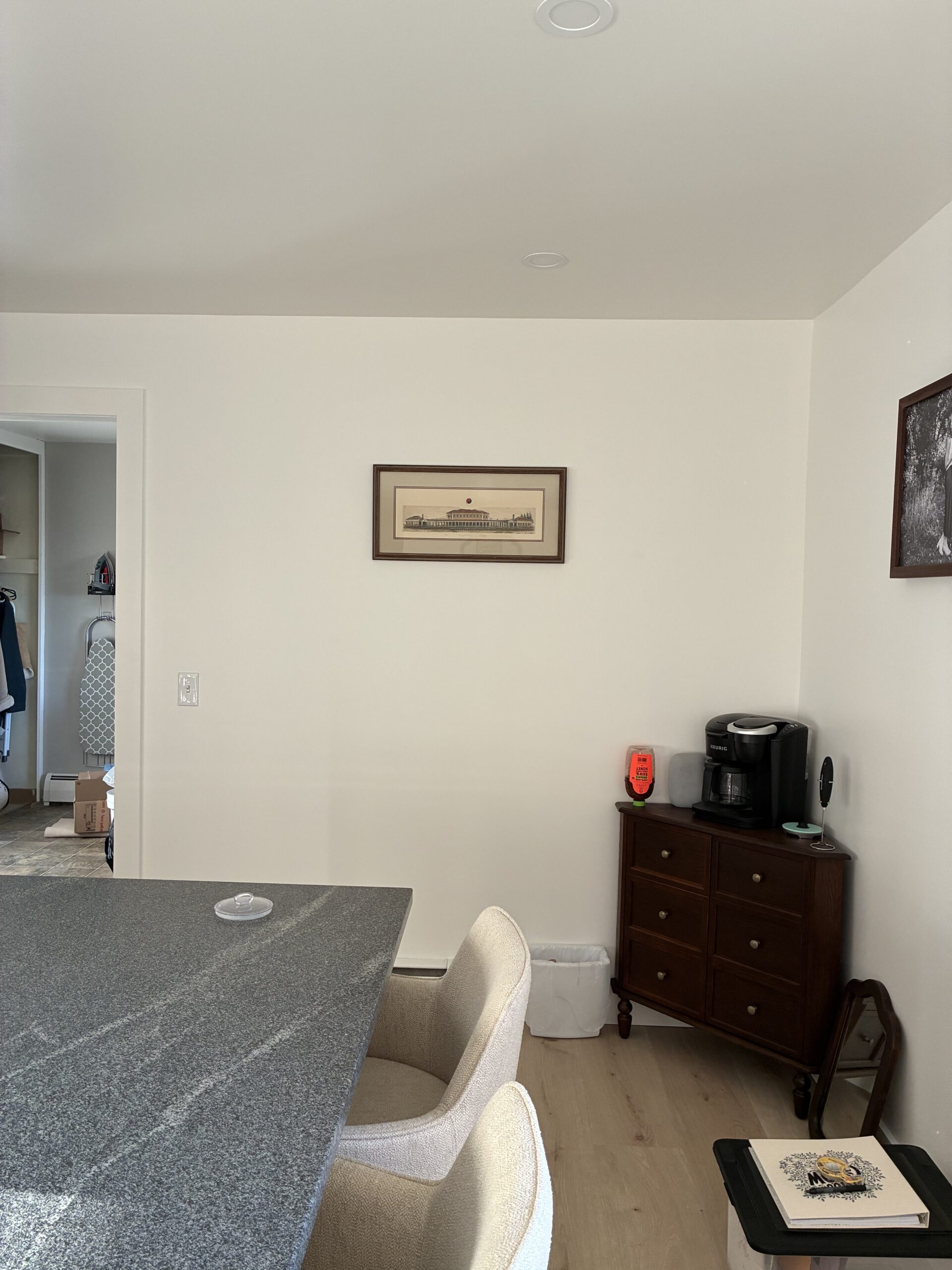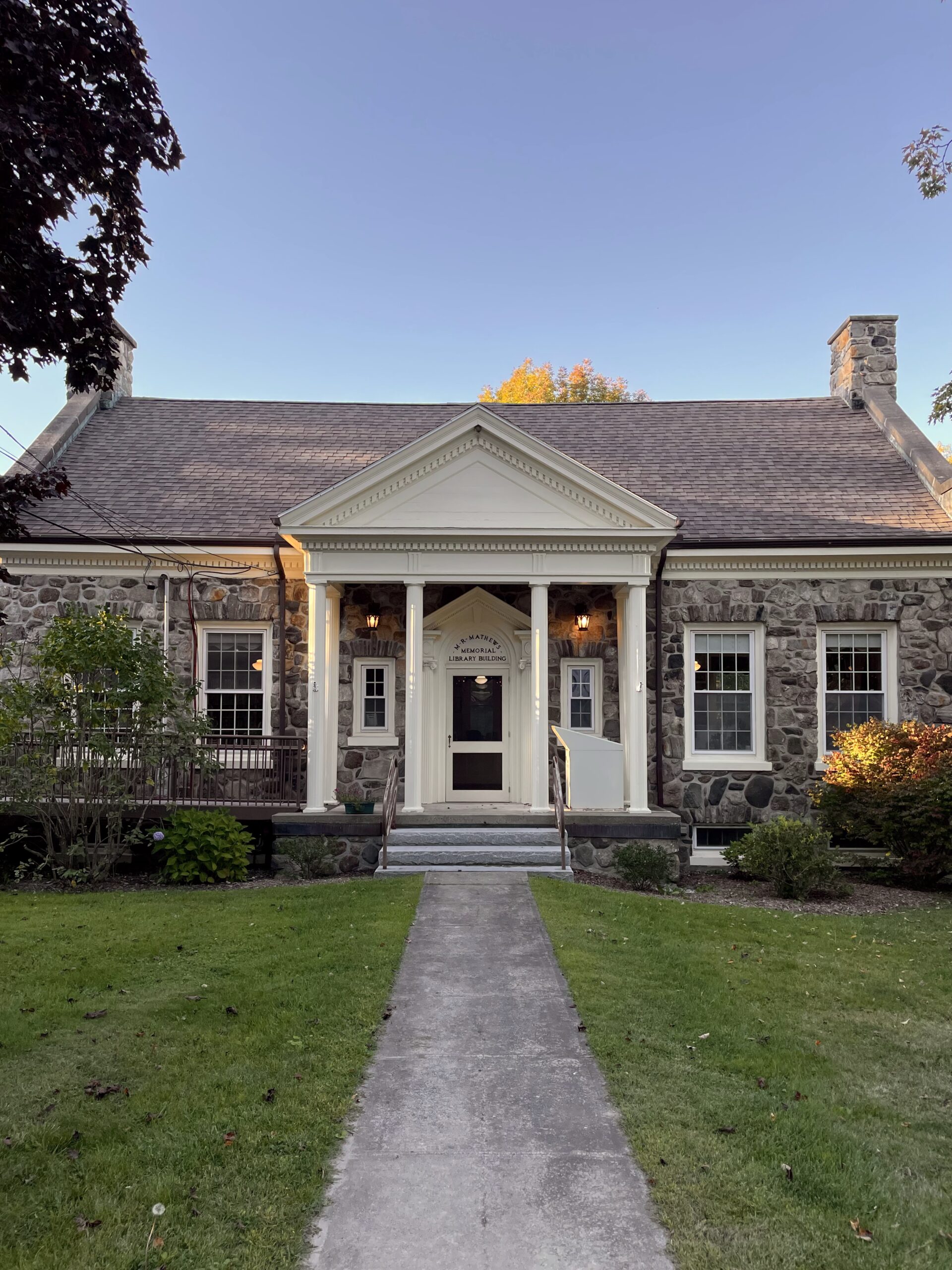I ASKED 5 DESIGNERS – “WHAT’S THE FIRST THING YOU DO WHEN DESIGNING A ROOM FROM SCRATCH?”
·
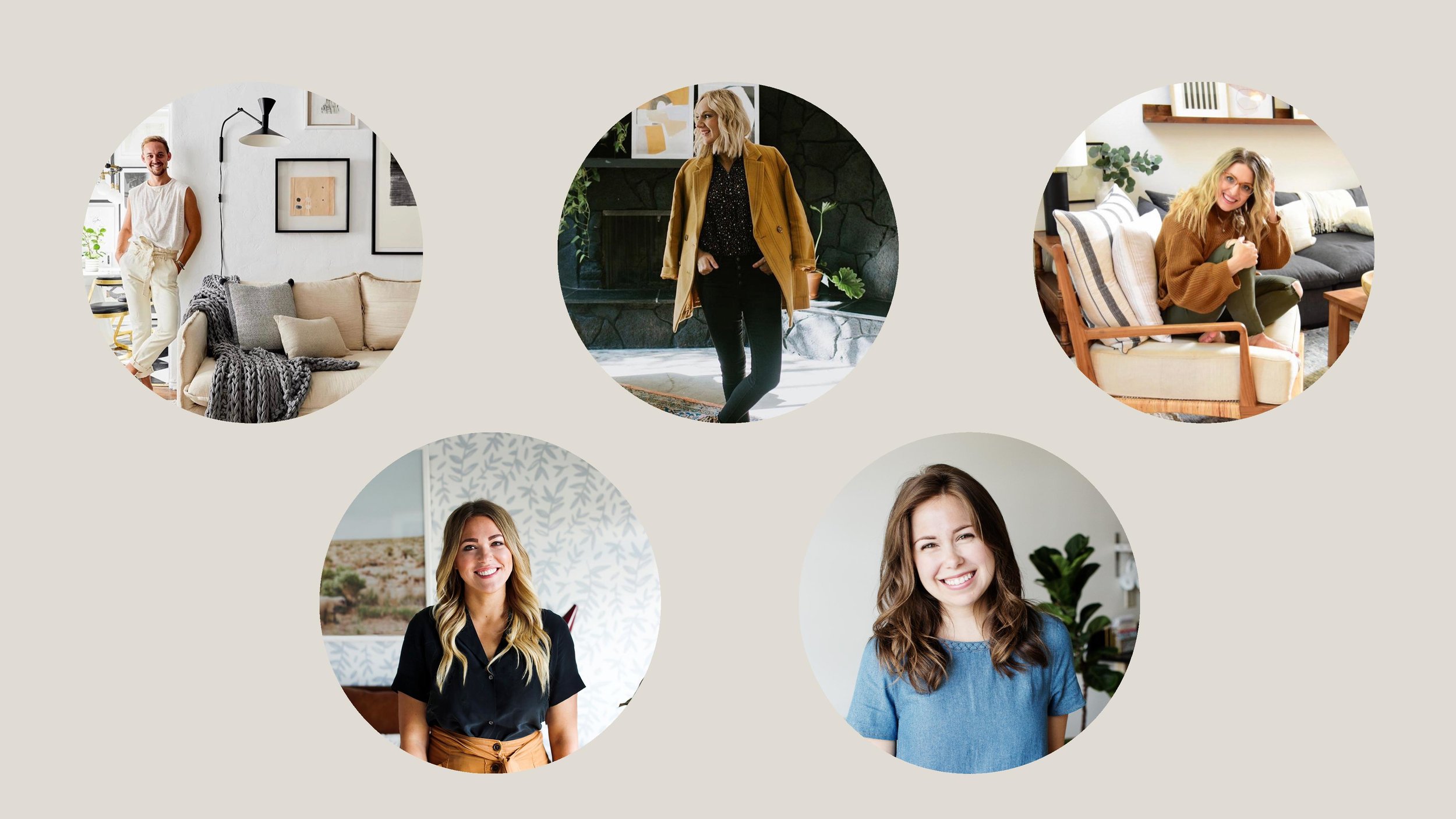
One of my absolute favorite things to do is to share interior design tips and advice so that you feel confident and capable of designing a home that you love and feel comfortable in. It’s honestly the main reason I have this business to begin with!
I’ve written countless blog posts sharing my thoughts on design, but today I’m extra excited because I have the opportunity to share 5 other interior designers’ thoughts and perspectives! I look up to every single on of these designers and I’m excited for you to learn from them today!
I Asked 5 Designers:
What is the first thing you do when designing a room from scratch?
In other words, when you’re looking at a room with a blank slate, what’s the first thing you do that helps guide and direct all other decisions? Do you pick out a statement piece of furniture, do you decide on flooring, do you find artwork that inspires you? Let’s find out…
Brady Tolbert
Designer & Prop Stylist
Creative Director at Bobby Berk
@bradytolbert on Instagram
“Before I do anything my first step is asking people how they really want to use the space. Is it to hang out, is it to watch tv, is it to be with family, what is the intended use for the space? Narrowing that down then allows you to determine how you want the room to feel.
Asking a client how they want to feel will dictate almost everything that you bring into the room. Cozy and comfortable is going to determine a very different style of furniture than formal and elegant, so determining how they truly want the room to feel will make the entire design process much easier.
My next step with a blank slate is to bring the foundational pieces that really establish the design of the room and fill it out (sofa, chair, rugs). I love bringing in vintage as it not only is environmentally friendly but it also gives the room so much character and soul. Vintage is a must in all my projects and although I love color I often stick to a more neutral palette and bring in interest through texture and layers. Then to bring in a graphic element, you’ll always find some sort of statement sconce or light in my spaces as well as some graphic black and white art.”
– Brady Tolbert
Kirsten Grove
Interior Designer at We Three Design
Author of Simply Styling
Blogger for Simply Grove
@simplygrove on Instagram
“The first step for me is to create a design board. I fill this board with what I love, including colors and textiles. From there, I choose wall paint and flooring. After the bones are designed, I tackle furniture. After furniture, it’s all about art and accessories.
Designing a room is like styling an outfit. You start with the major pieces and work down to the small accessories. And always have fun creating your masterpiece!”
– Kirsten Grove
Erin Conway
Blogger, Content Creator & Designer for Kismet House
@kismet_house on Instagram
“If designing from scratch, I start with a rug or a staple piece of art. This gives you a focal element to build off of and typically a solid idea of the color palette and client aesthetic.”
– Erin Conway
Jenny Komenda
Former Interior Designer & Magazine Contributor
Blogger for Juniper Home
Owner of Juniper Print Shop
@jennykomenda on Instagram
“Start with the rug. If you are decorating a room from scratch, choosing a rug first will start a chain reaction of design decisions. The room will come together much more quickly and you will actually have a chance of getting it all right on the first round. Let the pattern and color of your rug inform the choice for the next largest item (like curtains), and then the next (like artwork), then pillows, accessories, etc. Rugs are the hard part. Bedding, paint colors, art and accessories are flexible and fun to shop for!”
– Jenny Komenda
Erin Francois
Interior Design and DIY Blogger for Francois et Moi
@francois_et_moi on Instgram
“Starting a blank slate project can be daunting, so the first thing I do is start with visual research—a fancy way of saying I take to Pinterest, books, magazines, etc to get the creative juices flowing. I’m searching for those one or two ‘a-ha!’ images that help define the overarching tone or direction to run with. I’m also searching for smaller, key details I want to make sure to highlight. I often start a new Pin board to compile images, as well as start a file or bin for materials.
Nailing down the broad design direction with imagery early on, helps keep me focused as the project progresses. I can refer back to my initial inspiration when I’m stuck later on sifting through nitty, gritty design decisions.”
– Erin Francois
Danica Gadeken
Owner of the Nadine Stay Shop
Owner of the Nadine Stay Blog
Host of the Nadine Speaks Podcast
@nadine_stay on Instagram
Ok, just for fun I’m going to chime in too! I love to create focal points in a room so the first thing I typically do is find a wall that has the most potential of becoming a feature wall – a wall that the eye is naturally drawn to.
Sometimes this wall already has something that grabs my attention (like a fireplace or a wall of windows). Other times I’m working with a room that has zero character in any corner. When this happens, I often pick the wall that I first see when I walk into the room. This then becomes my feature wall.
From there, I design a focal point that compliments the existing features in the room and flows easily from one wall to the next. It doesn’t have to be anything majorly dramatic; sometimes a jaw dropping piece of artwork is all you need to make a focal point. Although other times it is fun to create a dramatic feature with texture and dimension.
This feature wall/focal point then determines the style for the rest of the room as everything else (i.e. furniture, artwork, decor) should compliment and correlate with it.
If you’re curious what I mean by feature wall, I shared my 10 favorite ways to create feature walls here.
DO YOU WANT
The Inside Scoop
Where behind the scenes, exclusive advice, and candid conversations are sent straight to your inbox every week.

